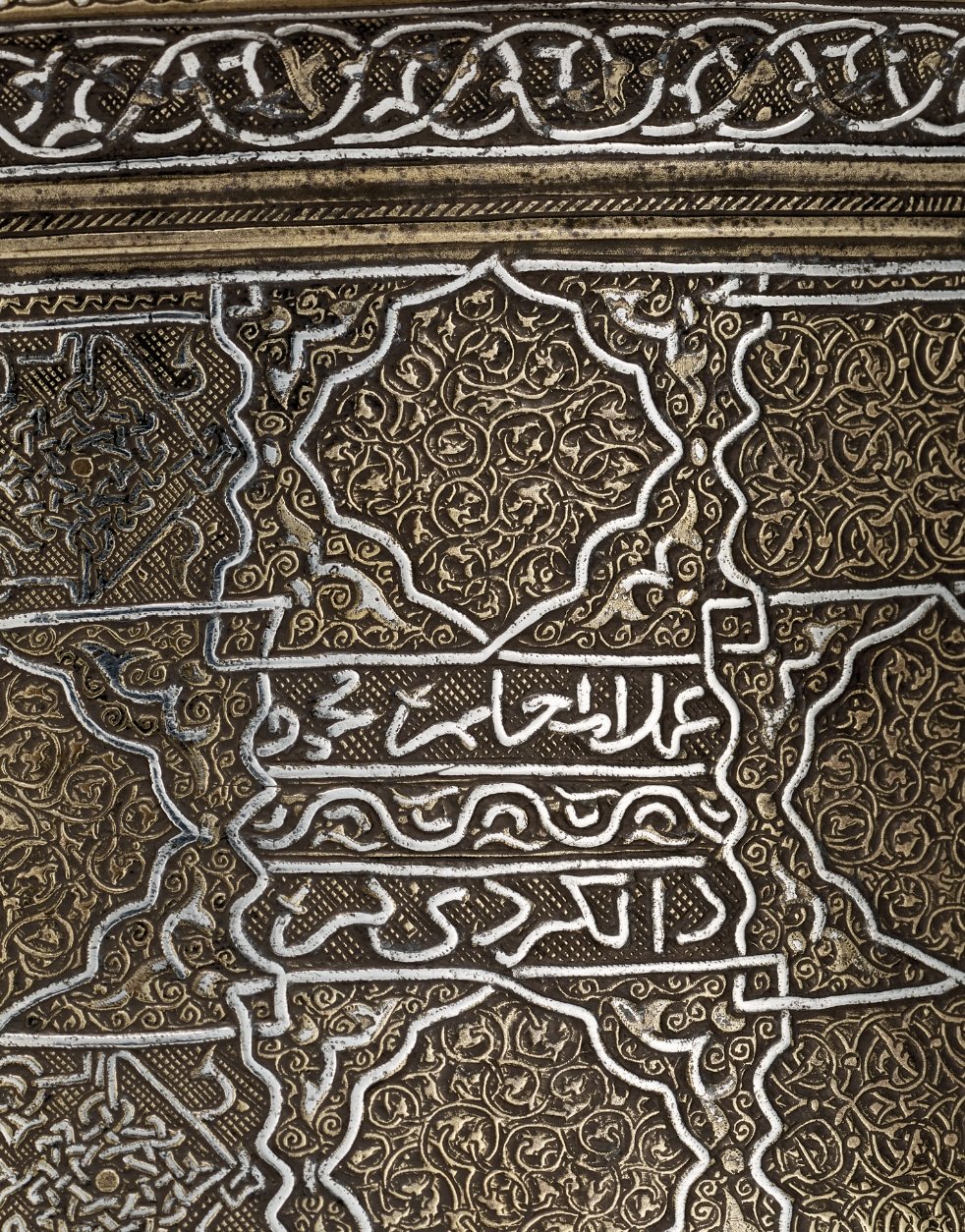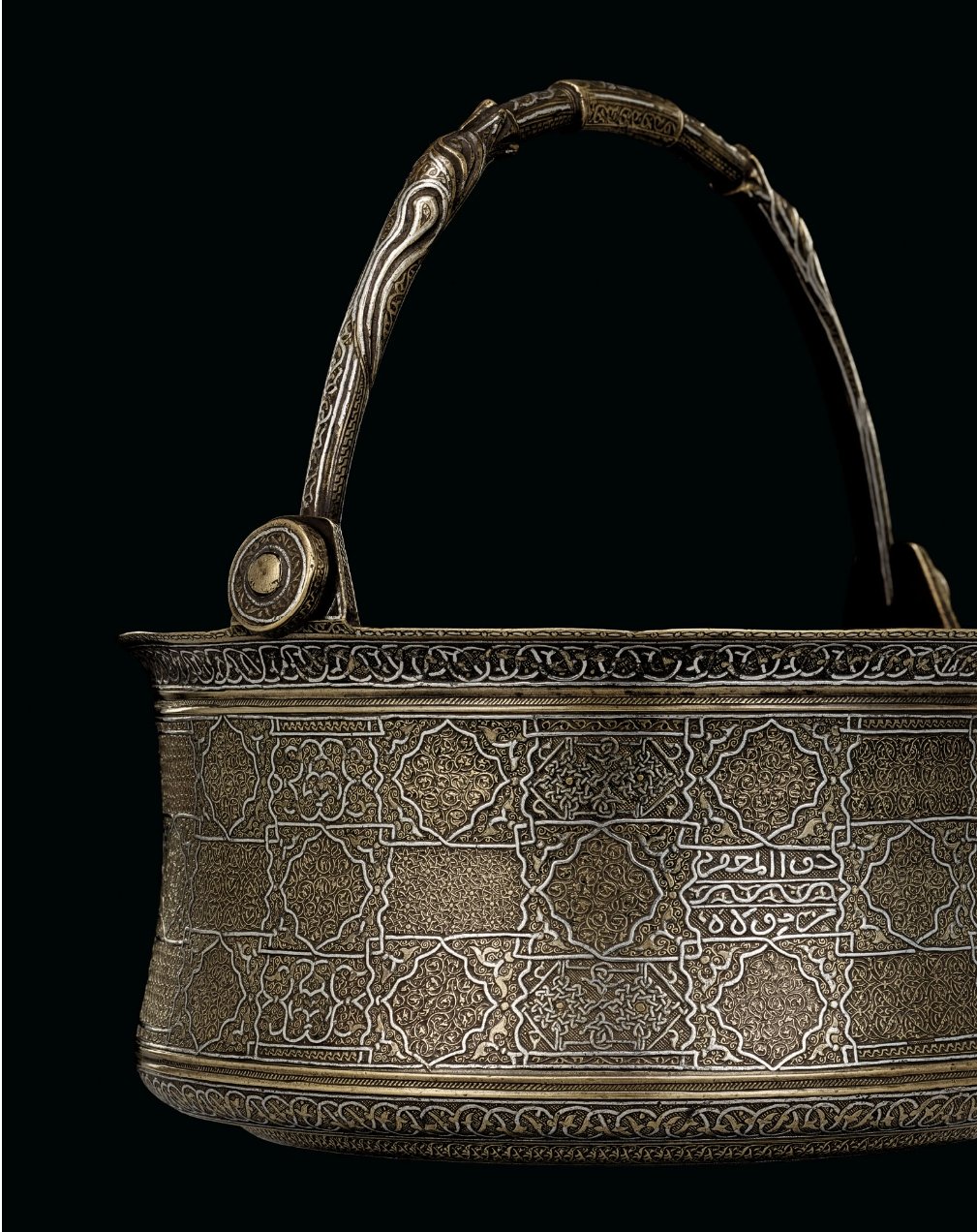Mahmud the Kurd (also Mahmud al-Kurdi, Master Mahmud) was a 15th-century Kurdish artist, craftsman and designer of the late medieval era. Mahmud's work include several stylistic sub-groups, which have in common the frequent use of European shapes combined with a new style of linear silver inlay displaying an unconventional style of arabesque. Their decoration displays affinities with that on metalwork made during the same period for the Timurid dynasty in Central Asia and eastern Iran and the Mamluk rulers of Egypt and Syria. According to Tahera H. Tajbhai "his skillful designs makes his style immediately recognizable, signaling him out as one of the leading Veneto-Saracenic craftsmen. His style adopted new innovative style whilst still retaining elements of Mamluk tradition." The location of Mahmud's workshop is disputed. It is believed that he immigrated to Venice where he lived and set up a workshop in the second half of the 15th century and introduced oriental metalwork into Venice. However, some scholars have questioned the thesis that Muslim Kurd artists have worked in Venice, they suggest that they produced their objects in their home countries and exported them to Europe. Only 13 objects, 12 of which carry his full name and one without his nisba (the Kurd), have survived. They are preserved in the British Museum, The Victoria and Albert Museum in London, and the Hermitage Museum in St. Petersburg. He usually signed his name on his pieces in Arabic and Latin script as "mu'allim mahmud al kurdi", which means master Mahmud the Kurd.






